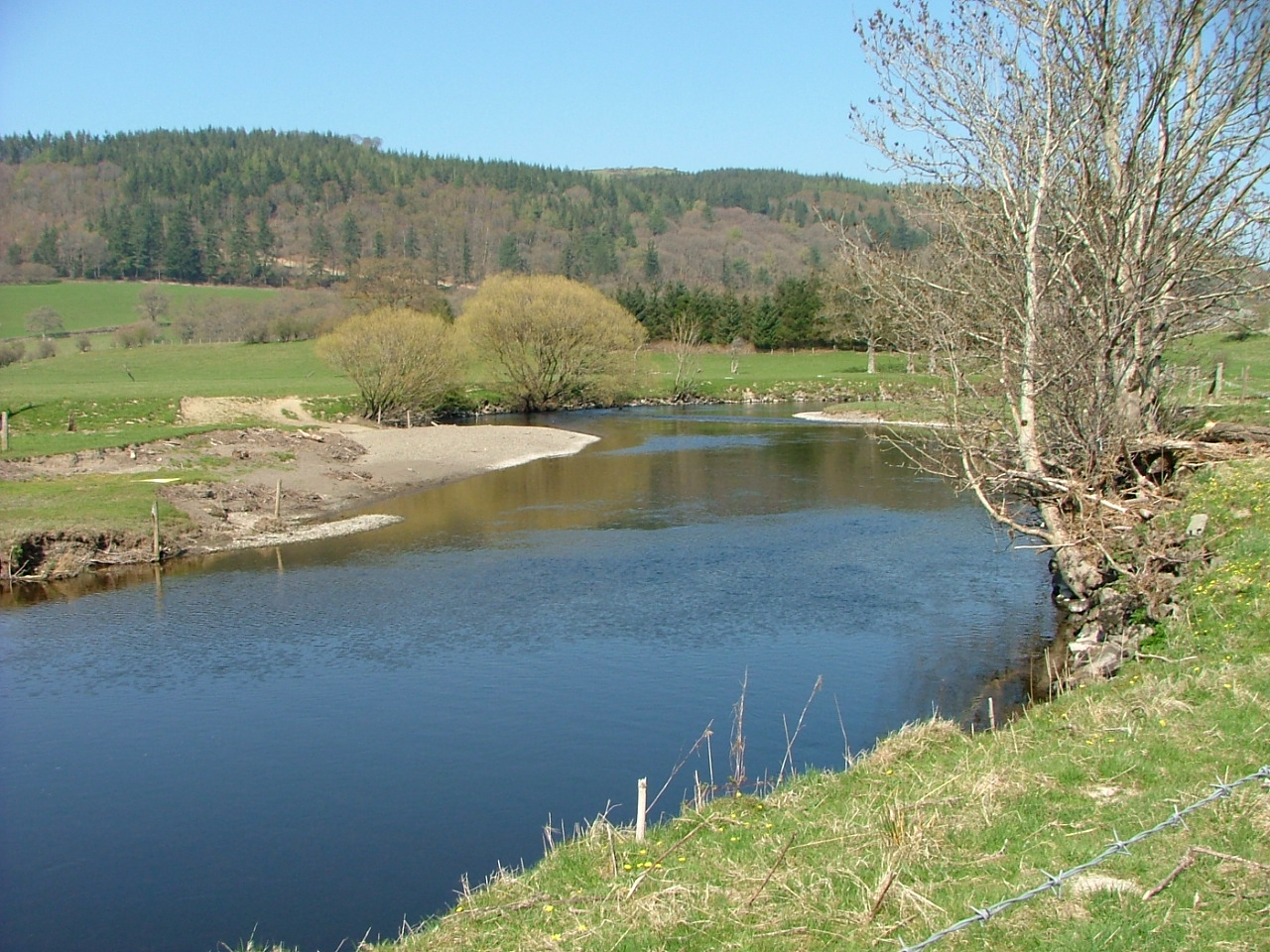Eye in the sky – using drones for environmental monitoring
09/09/2016

Adopted in 2000, the Water Framework Directive requires all EU member states to protect and improve the water quality in rivers, lakes, groundwater, transitional and coastal waters, and to protect against pollution and deterioration. But in order to protect and improve the water quality, we first need to assess and understand the current conditions of our rivers and waterways – which is a difficult task. Traditionally this mapping exercise would be done ‘manually’ – by someone literally walking alongside the body of water and making a visual assessment. It was clear this work needed development and the implementation of the Water Framework Directive has seen the emergence over 73 different methodologies used across EU member states. Although promising in terms of much improved ways to manage and protect our waterways, this proliferation of methods indicates a need for a more standardised approach.
Image pattern recognition techniques – taking images via Unmanned Aerial Vehicles (UAVs) – have been successfully used to map the waterways and identify certain physical features. But the accuracy and reliability of this method depends on both the quality of the aerial images and the pattern recognition technique used. Recent studies have proved the potential of UAVs to increase the quality of the imagery by capturing high resolution photography. Combine those high resolution images with Artificial Neural Networks (ANN), which are computers, designed to work like the human brain, and you have a high precision tool that can be used to automatically recognise environmental patterns.
This kind of method enables us to obtain aerial images to a resolution as small as 2.5cm, and we recently tested this along a stretch of the River Dee in Wales. This is a significant step forward as previous imagery was at a resolution of generally 12.5 cm or 25 cm. This study that I’m involved in is one of the first of this kind, looking at the development of a framework for the automated classification of all features within a river. Our initial testing proved to be accurate at 81% and enabled the identification of features at a higher level of detail than that provided by the ground truth data. For example, it allowed the separation of trees from the grass or water underneath, as well as the recognition of hydraulic units (e.g. a rippled water surface).
It’s obvious that we need to protect our rivers and waterways for the benefit of landowners, local authorities and the general population. Better ways of understanding those waterways are just a part of the process – but an important part.
If you’d like to find out more about the use of new technologies for environmental management, you might be interested in my two week UAVs for Environmental Monitoring course, or the Cranfield MSc in Environmental Risk Management.
Read also: Drones in the Cumbria skies: the floods of Christmas 2015
Categories & Tags:
Leave a comment on this post:
You might also like…
Keren Tuv: My Cranfield experience studying Renewable Energy
Hello, my name is Keren, I am from London, UK, and I am studying Renewable Energy MSc. My journey to discovering Cranfield University began when I first decided to return to academia to pursue ...
3D Metal Manufacturing in space: A look into the future
David Rico Sierra, Research Fellow in Additive Manufacturing, was recently involved in an exciting project to manufacture parts using 3D printers in space. Here he reflects on his time working with Airbus in Toulouse… ...
A Legacy of Courage: From India to Britain, Three Generations Find Their Home
My story begins with my grandfather, who plucked up the courage to travel aboard at the age of 22 and start a new life in the UK. I don’t think he would have thought that ...
Cranfield to JLR: mastering mechatronics for a dream career
My name is Jerin Tom, and in 2023 I graduated from Cranfield with an MSc in Automotive Mechatronics. Originally from India, I've always been fascinated by the world of automobiles. Why Cranfield and the ...
Bringing the vision of advanced air mobility closer to reality
Experts at Cranfield University led by Professor Antonios Tsourdos, Head of the Autonomous and Cyber-Physical Systems Centre, are part of the Air Mobility Ecosystem Consortium (AMEC), which aims to demonstrate the commercial and operational ...
Using grey literature in your research: A short guide
As you research and write your thesis, you might come across, or be looking for, ‘grey literature’. This is quite simply material that is either unpublished, or published but not in a commercial form. Types ...






